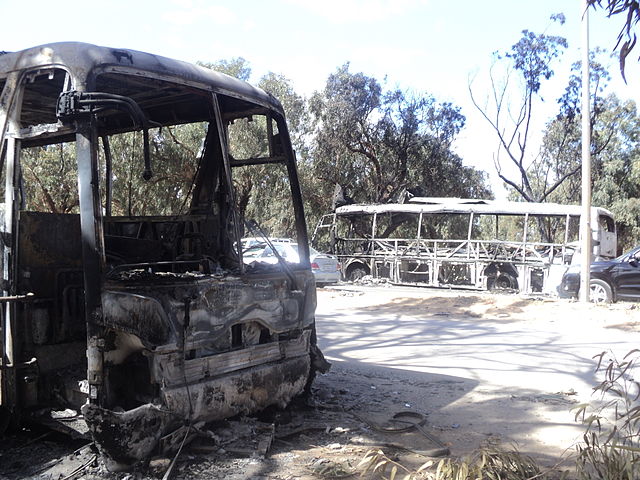
Courtesy Wikimedia Commons
Over the weekend, as you no doubt know, the Somalian Islamist militant group al Shabaab attacked a mall in Nairobi, Kenya. They killed, at last count, between 58 and 69. At the moment, Kenyan security troops are blowing their way in through the roof in and it will probably soon be over — at what additional cost to civilian lives remains to be seen.
Earlier today we posted about a recent theory that violence been on the decrease since World War II and that the world is becoming a safer place. Most prominent among those who hold that position is Harvard psychology professor Steven Pinker, who, in his book The Better Angels of Our Nature (Viking, 2011), wrote that the world is considerably less violent than ever before.
The occurrence in a single weekend of the Nairobi attack and a double suicide attack on a church in Peshawar, Pakistan that killed 80 occur make the-world-is-a-safer-place motif seem even more nebulous than when it was first proposed. Outbreaks such as those and similar ongoing violence, such as in Iraq, the Democratic Republic of the Congo, and Mexico’s ( the drug wars), turn it into a numbers game. That may work for Pinker et al, but it provides no consolation for the families of the victims: “Hey, it could have been worse. A few thousand might have been killed if it were an actual war.”
If we insist on trying to prove that our better natures are winning, then let’s make the accounting official. Set up a convention to the number of conflict deaths the world is “allowed” each year – say an average of 2,500 for five years running – before declaring it a safer place. Clearly we’re nowhere near that threshold now.
